Landscape park beauty decorative Fiberglass
bull animal figure
MORE INFORMATION
| Input | AC 110/220V ,50-60HZ |
| Plug | Euro plug / British Standard / SAA / C-UL / or depends on request |
| Control mode | Automatic / Infrared / remote / coin / Button / Voice / Touch / Temperature / shooting etc. |
| Waterproofing grade | IP66 |
| Working condition | Sunshine, rain, seaside, 0~50℃(32℉~82℉) |
| Optional function | Sound can be increased to 128 kinds Smoke,/ water. / bleed / smell / change color / change lights / LED screen etc interactive(Location tracking) / conversine(currently only Chinese) |
AFTER-SALE SERVICE
| Service | Need be cut for shipping,fwill provide a detailed installation manual. |
| Warranty | We provide 2 years warranty for all of our antrimatronic models, the warranty pieriod starts from freight arrives at destination port. Our warranty covers motor, reducer, control box, etc. |
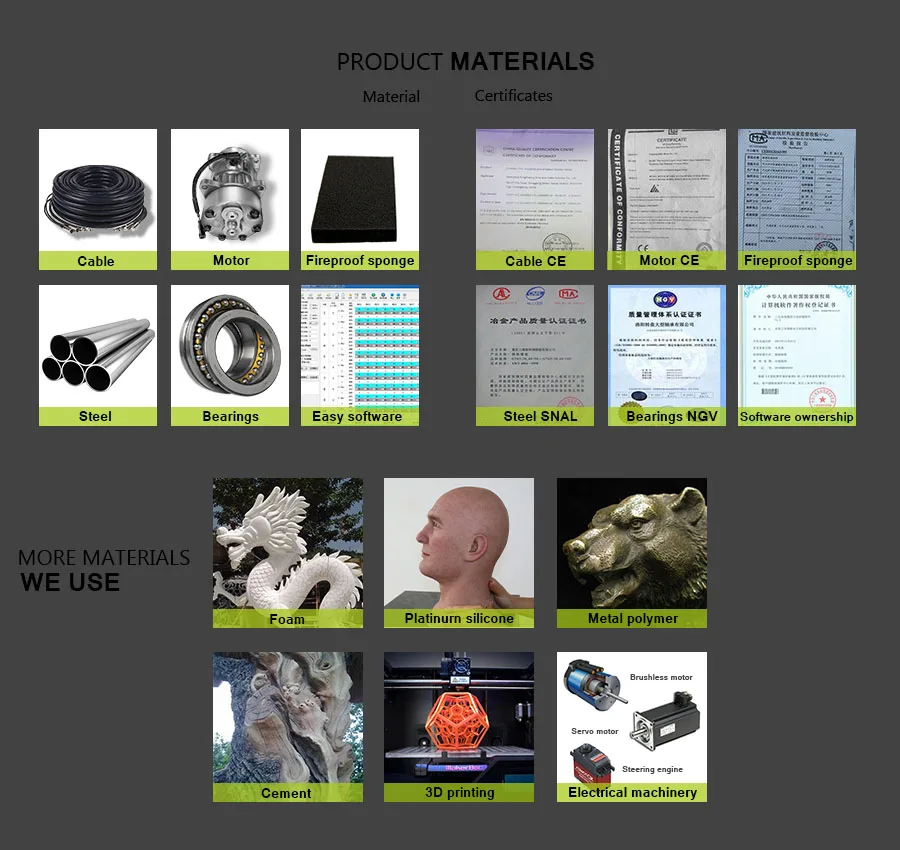
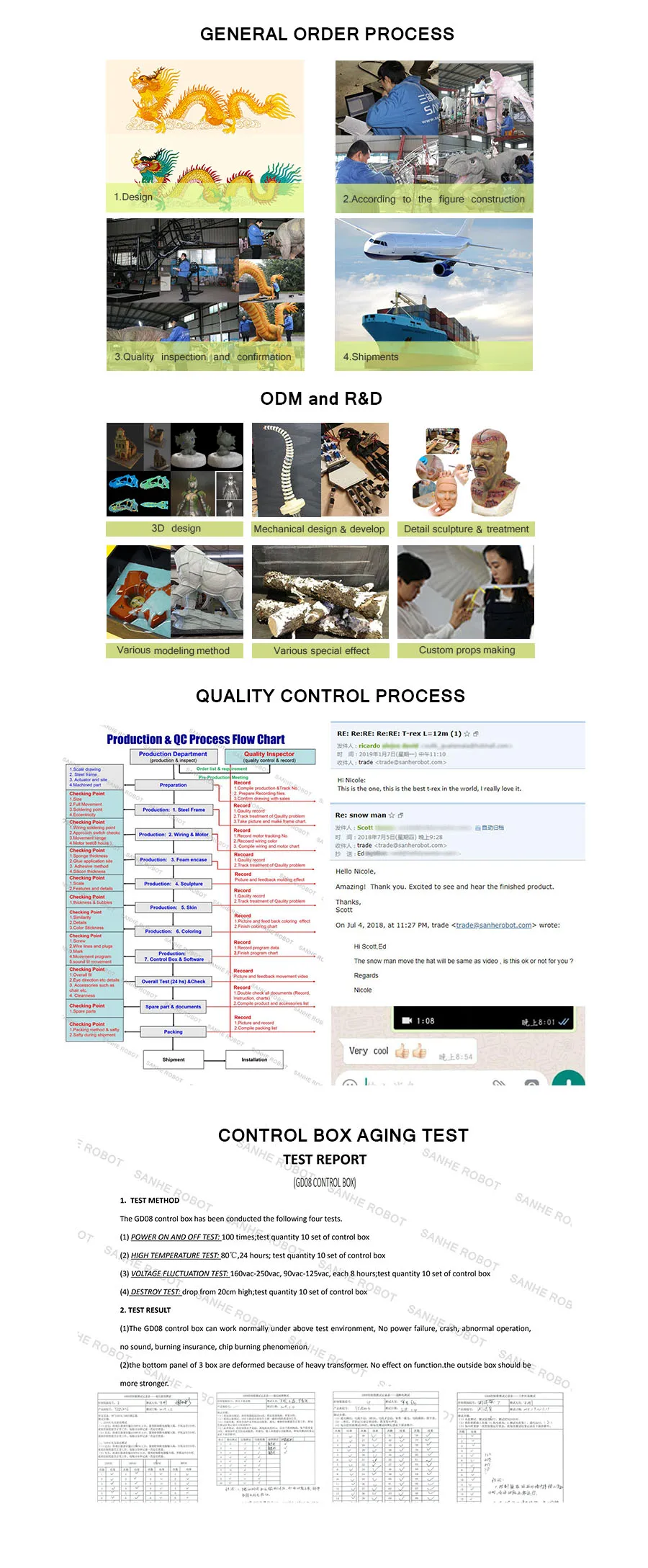
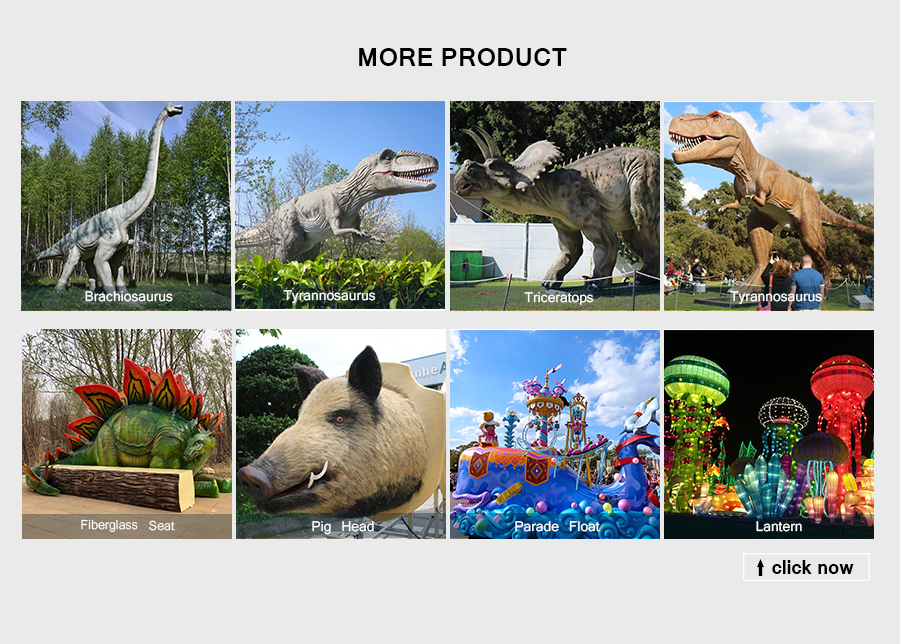
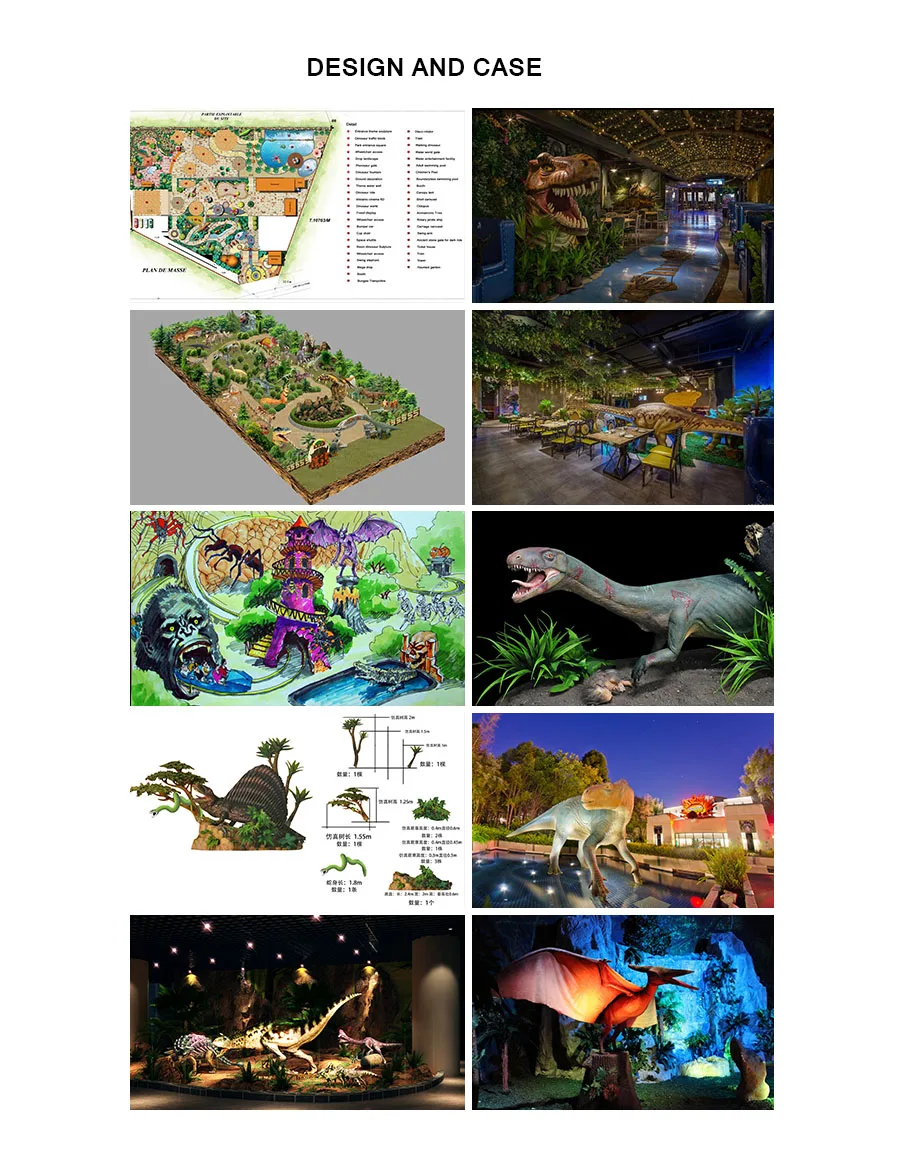
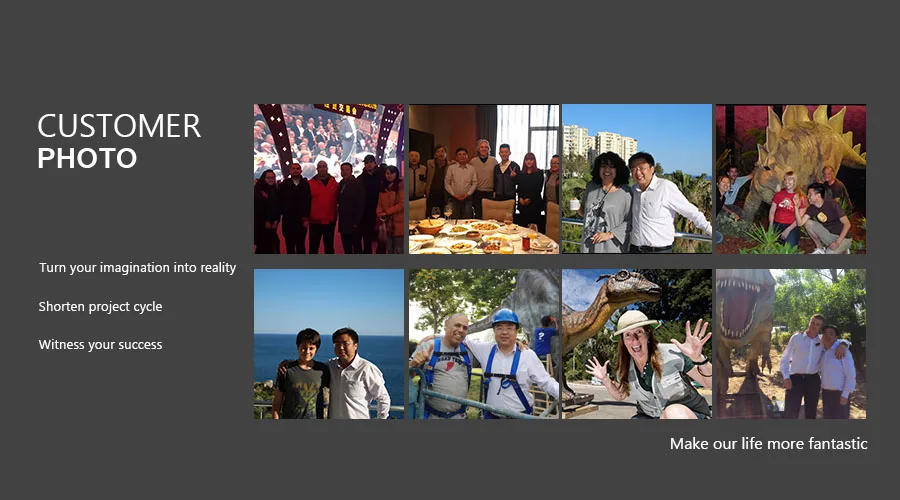
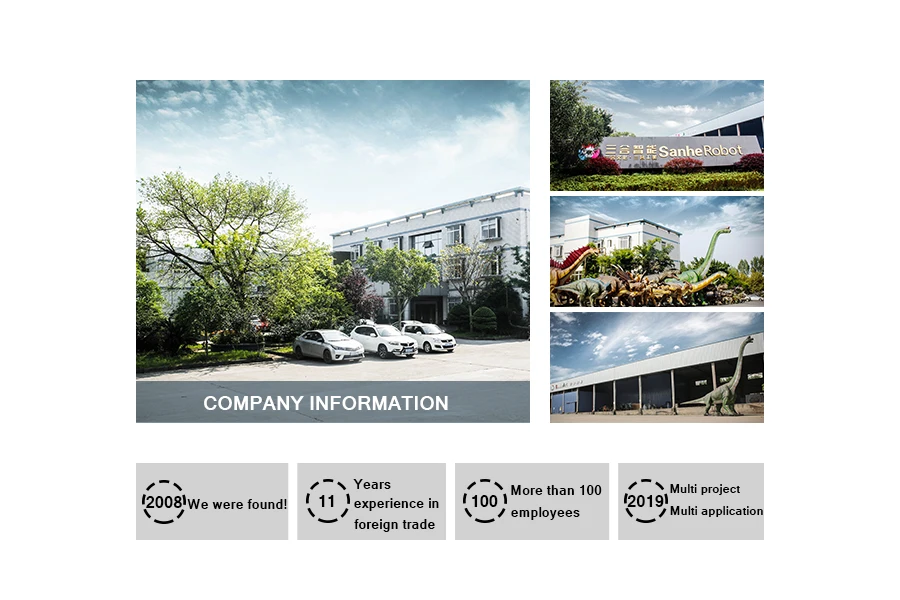
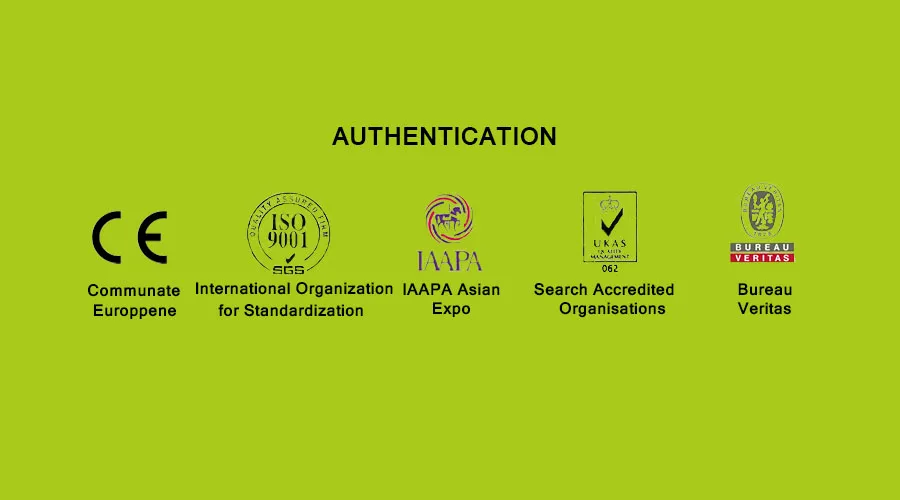 fiberglass animal bull animal theme park decoration bull statue bull sculpture animal statue sculpture
fiberglass theme park decoration outdoor amusement park equipment waterproof outdoor animal sculpture fiberglass decoration sculptures life-size fiberglass statues fiberglass decoration playground equipment life size statues fiberglass fiberglass animal sculpture fiberglass bull statue outdoor fiberglass decoration from zigong sanhe simulation life size statues fiberglass outdoor playground decor fiberglass theme park decoration
The female counterpart to a bull is a cow, while a male of the species that has been castrated is a steer, ox,[1] or bullock, although in North America, this last term refers to a young bull,[citation needed] and in Australia to an draught animal. Use of these terms varies considerably with area and dialect. Colloquially, people unfamiliar with cattle may refer to both castrated and intact animals as "bulls".
A wild, young, unmarked bull is known as a micky in Australia.[2] Improper or late castration on a bull results in it becoming a coarse steer, also known as a stag in Australia, Canada, and New Zealand.[3] In some countries, an incompletely castrated male is known also as a rig or ridgling.
The word "bull" also denotes the males of other bovines, including bison and water buffalo, as well as many other species of large animals, including elephants, rhinos, seals and walruses, hippos, camels, giraffes, elk, moose, whales, and antelopes.
Bulls are much more muscular than cows, with thicker bones, larger feet, a very muscular neck, and a large, bony head with protective ridges over the eyes. These features assist bulls in fighting for domination over a herd, giving the winner superior access to cows for reproduction.[4] The hair is generally shorter on the body, but the neck and head often have a "mane" of curlier, wooly hair. Bulls are usually about the same height as cows or a little taller, but because of the additional muscle and bone mass, they often weigh far more. Most of the time, a bull has a hump on his shoulders.[5]
In horned cattle, the horns of bulls tend to be thicker and somewhat shorter than those of cows,[6] and in many breeds, they curve outwards in a flat arc rather than upwards in a lyre shape. It is not true, as is commonly believed, that bulls have horns and cows do not: the presence of horns depends on the breed, or in horned breeds on whether the horns have been disbudded. (It is true, however, that in many breeds of sheep only the males have horns.) Cattle that naturally do not have horns are referred to as polled, or muleys.[7]
Castrated male cattle are physically similar to females in build and horn shape, although if allowed to reach maturity, they may be considerably taller than either bulls or cows, with heavily muscled shoulders and necks
fiberglass animal bull animal theme park decoration bull statue bull sculpture animal statue sculpture
fiberglass theme park decoration outdoor amusement park equipment waterproof outdoor animal sculpture fiberglass decoration sculptures life-size fiberglass statues fiberglass decoration playground equipment life size statues fiberglass fiberglass animal sculpture fiberglass bull statue outdoor fiberglass decoration from zigong sanhe simulation life size statues fiberglass outdoor playground decor fiberglass theme park decoration
The female counterpart to a bull is a cow, while a male of the species that has been castrated is a steer, ox,[1] or bullock, although in North America, this last term refers to a young bull,[citation needed] and in Australia to an draught animal. Use of these terms varies considerably with area and dialect. Colloquially, people unfamiliar with cattle may refer to both castrated and intact animals as "bulls".
A wild, young, unmarked bull is known as a micky in Australia.[2] Improper or late castration on a bull results in it becoming a coarse steer, also known as a stag in Australia, Canada, and New Zealand.[3] In some countries, an incompletely castrated male is known also as a rig or ridgling.
The word "bull" also denotes the males of other bovines, including bison and water buffalo, as well as many other species of large animals, including elephants, rhinos, seals and walruses, hippos, camels, giraffes, elk, moose, whales, and antelopes.
Bulls are much more muscular than cows, with thicker bones, larger feet, a very muscular neck, and a large, bony head with protective ridges over the eyes. These features assist bulls in fighting for domination over a herd, giving the winner superior access to cows for reproduction.[4] The hair is generally shorter on the body, but the neck and head often have a "mane" of curlier, wooly hair. Bulls are usually about the same height as cows or a little taller, but because of the additional muscle and bone mass, they often weigh far more. Most of the time, a bull has a hump on his shoulders.[5]
In horned cattle, the horns of bulls tend to be thicker and somewhat shorter than those of cows,[6] and in many breeds, they curve outwards in a flat arc rather than upwards in a lyre shape. It is not true, as is commonly believed, that bulls have horns and cows do not: the presence of horns depends on the breed, or in horned breeds on whether the horns have been disbudded. (It is true, however, that in many breeds of sheep only the males have horns.) Cattle that naturally do not have horns are referred to as polled, or muleys.[7]
Castrated male cattle are physically similar to females in build and horn shape, although if allowed to reach maturity, they may be considerably taller than either bulls or cows, with heavily muscled shoulders and necks

+86-813-2104677

info@sanherobot.com

+86-13990010824

No.13 Huixin Road, Yantan Town, Yantan District, Zigong City, Sichuan Province, China